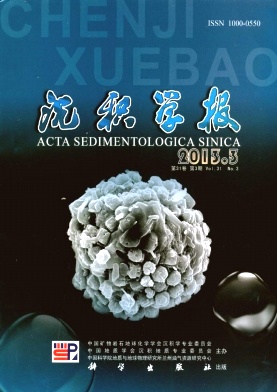Trace Fossil Assemblages in the Miocene from Northeast Margin of Qaidam Basin and Its Sedimentary Environment
- Publish Date: 2013-06-10
-
Key words:
- trace fossil /
- lacustrine sedimentary environment /
- Miocene /
- Shuanghu area /
- Qaidam Basin
Abstract: It is significant to study trace fossils for the recovery of paleontological activity patterns,habits and paleoenvironment. They can provide more exact information than body fossils. Trace fossils were found in the Miocene strata from northeast margin of the Qaidam Basin. The fossilbearing horizon is beside Tuosu Lake and Keluke Lake. The specimens occur in a finegrained siltstone. Trace fossils consist of 2 types including at least 4 ichnogenus and 4 ichnospecies: Palaeopycus heberti, Skolithos vertical, Scoyenia gracilis and Taenidium satanassi. The specimens are abundant and clear. Palaeopycus heberti and Skolithos vertical are attributed to Domichnia. Scoyenia gracilis and Taenidium satanassi are attributed to Fodinichnia. Based on the distribution and morphology of the trace fossils and analysis of paleoenvironment, one kind of assemblages is recognized: ScoyeniaTaenidium Skolithos assemblage, presents itself in shallow lacustrine sediments under moist climate. The discovery of trace fossils filled the biological and environmental data in the Qaidam Basin.
| Citation: | Trace Fossil Assemblages in the Miocene from Northeast Margin of Qaidam Basin and Its Sedimentary Environment[J]. Acta Sedimentologica Sinica, 2013, 31(3): 413-420. |






 DownLoad:
DownLoad: